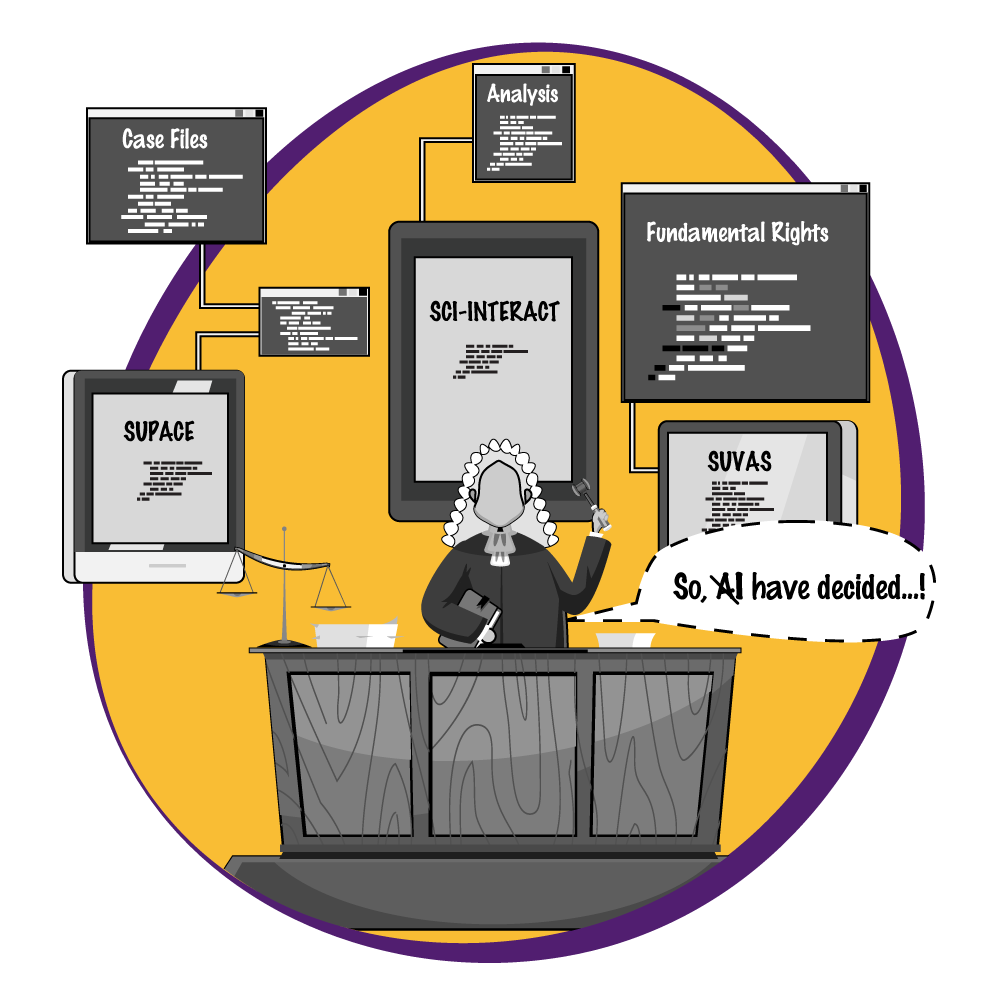Artificial Intelligence Changing The Courtroom Dynamics

Introduction
John McCarthy, who is known as the father of artificial intelligence has defined artificial intelligence as ‘science and engineering of making intelligent machines’ where intelligence is the computational part of the ability to achieve goals in the world. Artificial intelligence which is growing each day has now fully entered the region of the judicial system. Different jurisdictions are adopting the tools run on artificial intelligence so that they can make their justice system effective, objective, fast, and superior. It is certain that the assistance of artificial intelligence has shown a markable progress within the ambit of justice system. The tools which are created by using artificial intelligence technology are now widely used in courts for promoting objectivity in performing judicial tasks as well as in saving time by performing non-judicial roles.
Using artificial intelligence now in court terrains is a matter of routine. Moreover, the adaptability of this tools is increasing day-by-day where more courts are now susceptible to make their rooms artificial intelligence friendly. India is one such country where the application of artificial intelligence in courtrooms has significantly increased. Supreme Court’s artificial intelligence committee is putting its best foot forward to embrace artificial intelligence for the court systems. Recently, the Supreme Court artificial intelligence committee has launched three major tools that can reduce the workload of judges as well as save time by performing non-judicial and tedious work. The three tools that are now changing the landscape of Indian courtrooms are SUPACE, SUVAS, SCI-Interact.
SUPACE
Recently, the Supreme Court of India has launched a portal known as SUPACE that is Supreme Court Portal for Assistance in Court’s Efficiency. It’s the first Artificial Intelligence Portal that has been incorporated in embracing the routine work of the Supreme Court. SUPACE is an amalgamation of human and artificial intelligence which will be used in collecting and analyzing the data in order to help the courts in reducing the backlog of more than 3.8 crore cases that are pending. The CJI has stated that this tool would not in any way affect the decision-making power of the judge and would only supplement the procedure but not supplant. In a statement given by CJI, he mentioned that “We are not going to let AI spill over to decision-making. The crucial difference being that any knowledge the human being needs to know, whether in fact or law, can be analyzed and can be reached to the judge for his decision-making. It fully retains the autonomy and the discretion of the judge in deciding the case, though at a much, much faster pace because of the readiness with which the information is made available by the AI”1
The AI tool has been developed by ManCorp Innovation. According to reports, the AI tool will have a unique chatbot that can read scanned documents and extract relevant facts. The chatbot will be text and voice-enabled and will be able to give a quick overview of the matter that it has to analyze. The chatbot is customized in such a way that it has the capability of even answering relevant questions like “What is the matter about?” or “Which fundamental rights of the petitioner are violated?” Further, for the answers given by the chatbot, it also provides the relevant sources for the user to check the authority so as to get more clarity. Similarly, the tool also has the utility of providing a synopsis of the case, important FAQs, and can also determine the evidence and case laws present in the case which it is analyzing through auto-extraction from the data.2
One of the other prominent features of this tool is to provide the user the opportunity to make voice command notes. These features themselves make this tool helpful in reducing the time which judges would have to spend in reading files or making notes, or even in cases of finding substantial questions of law. At present, this tool would be used on an experimental basis by the judges of Bombay and Delhi High Courts dealing with criminal matters.3 If the tool functions efficiently, it would be a markable change in the field of Artificial Intelligence in India as well as in overhauling the Indian judicial system.
SUVAS
Another important tool that has been launched by the Supreme Court is SUVAS that is Supreme Court Vidhik Anuvaad Software which is a machine-assisted translation (neural machine translation) tool trained by Artificial Intelligence. The main aim of this tool is to translate the English judicial documents including, orders and judgments into nine different vernacular languages which are Assamese, Bengali, Hindi, Kannada, Marathi, Odiya, Tamil, Telugu, and Urdu. It is important to understand that in India, the majority of the population does not understand English, and therefore, it is necessary for the judicial domain to make the English orders available in vernacular languages for the public so that they can be accessible to everyone. Presently, the cases related to Labour, Rent Act, Land Acquisition and Requisition, Service, Compensation, Criminal, Family Law, Ordinary Civil, Personal Law, Religious and Charitable Endowments, Simple money and Mortgage, Eviction under the Public Premises (Eviction) Act, Land Laws and Agriculture Tenancies and Consumer Protection will be translated and the tool will be limited to Supreme Court till now however with the aim of expanding to High Courts and District Courts in future. This tool is a step towards making justice accessible for all.4
SCI-INTERACT
Another experiment with artificial intelligence done by the Supreme Court is through launching an interface known as SCI-Interact in order to make all its seventeen benches of Supreme Court paperless. Justice DY Chandrachud has stated that “with the help of this software, judges will be able to access files, annexures to petitions and make soft notes on computers itself, without it being accessible to others. Say, six months later, I will be able to retrieve my notes on the file” This tool would later also be extended to lawyers for smooth facilitation of the judicial process. The convener of the artificial intelligence committee of the Supreme Court has provided insight into the software and stated that ”This software comprises five components — scanned copies of pending cases, e-filing of fresh cases, IT hardware, MPLS network with dual redundancy, and security audit. “This would minimize human touch, speed up disposal of cases, and help in quick decision-making. Once the security testing is done (already underway), the project will be implemented”5
AI TOOLS IN OTHER COUNTRIES
Countries like UK, USA, Brazil, Estonia, Argentina, Colombia, Abu Dhabi have already incorporated artificial intelligence run tools in their justice system. Estonia is set to launch a robot judge that will be able to adjudicate cases that are small claims disputes of less than 7000 euros. On a similar note, recently a robot mediator which is an online dispute resolution tool developed by British Columbia that uses algorithms that learn the bidding tactics and priorities of the parties to a dispute has been able to solve a dispute concerning unpaid fees allegedly owed for personal counselling sessions worth 2,000 British pound.6 In this particular case, the system allowed the parties to settle their dispute in less than one hour. On the other hand, some countries are using AI technologies to promote outdoor settlements whereas some are using them to make the justice system more accessible. UK, USA are now using these tools even in passing sentencing and parole orders. Therefore, heavy reliance is being put on these tools with a commitment to a positive future and one which is technologically oriented.
Conclusion
It is assumed that artificial intelligence has a role to play in the justice system all around the world and these tools are here to stay. However, there has always been an alarming concern from human rights experts and constitutional law researchers that these tools have a tendency to widen historical inequalities prevailing in society due to their opaque nature. It is difficult for any person to get access to the input and training data that was used in the machines and hence, makes it difficult to get access to the criteria that have been used by the tool to come to any decision. It is for the judicial system to make sure that only the tools should be used that portray and promote accountability and explainability. Moreover, it is to be understood that rational reasoning and deliberation of a judge cannot be limited or reduced by the artificial intelligence tools and the tools can and should only supplement the functioning of judge and should not supplant.
References

